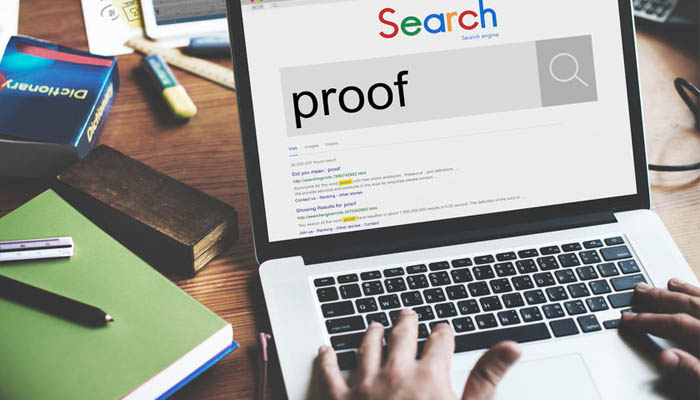Chargebacks are the bane of an e-commerce merchant’s existence. Especially fraudulent chargebacks.
E-Commerce merchants are not defenseless, however.
We blogged back in April about how online merchants can fight chargebacks and friendly fraud with compelling evidence – and they are. With friendly fraud consistently increasing, coupled with more stringent chargeback regulations from the credit card issuers, merchants have little choice but to dedicate more time and energy to mitigating chargebacks.
Chargebacks should not be thought of ‘the cost of doing business online,’ even if a merchant is under the 1 percent threshold; but as a chance to recover revenue and remain in good standing with the card brands.
5 Examples of Hard Evidence to Fight Chargebacks
We know a merchant, when faced with a chargeback, will contact the customer directly to ask why, then offer the customer a full refund if they file a reversal with their issuer. Chargebacks are often kneejerk reactions by consumers who don’t know that the refund is the better option for all parties involved. Our merchant says it has been an effective tactic in keeping chargebacks to a minimum.
When our merchant feels the chargeback isn’t justified, he gathers his evidence to present his case to the card issuer.
1. Was the chargeback filed by a return customer?
This can make a significant difference in proving a customer did indeed receive goods/services if there is a history of purchases. Consult the shipping information and make certain the customer’s physical address has not changed.
2. Was any type of 3D secure used in the transaction?
Did the customer use Verified by Visa, ExpressKey or Secure Code in the transaction? 3D secure, at the time of an online purchase, is often used by consumers to validate that they are the cardholder making the buy.
3. Did the customer use a CVV code?
Similar to No. 2 above, this is another step in the checkout process to validate the cardholder, and further evidence that the chargeback was wrongly filed.
4. Did the customer make more than one transaction on your website at the time of the purchase in question?
A customer filing a false chargeback when s/he made a separate purchase at that time is rock-solid evidence for the merchant.
5. Does the customer have a history of chargebacks? Or no history of chargebacks? In the case of the former, the more documentation a merchant can provide to prove chargeback abuse, the better. In the latter, referencing our merchant story above, a simple phone call or e-mail will likely settle the dispute.
Merchants Fighting Back Against Chargeback Abuse
Credit card issuers’ protocol in handling chargebacks undoubtedly favors the consumer, often leaving the merchant the arduous task of having to prove that a sale was legitimate, that the consumer indeed received the product or service. Chargeback abuse websites such as BadCustomer.com and ChargebackBureau.org, both which maintained databases of habitual offenders, have come and gone. There are many merchants, however, that maintain their own databases and ‘blacklists’ of sorts for fear of being swindled by consumers repeated times.
Your Free Online Guide
Through its many blogs and news items, Instabill offers chargeback prevention strategies to help merchants keep chargebacks to a minimum. Check out the Instabill blog today.



There is a new way to fight back! The National Chargeback Registry is an arena for victims of chargeback schemes. Check it out! chargebackscam.com